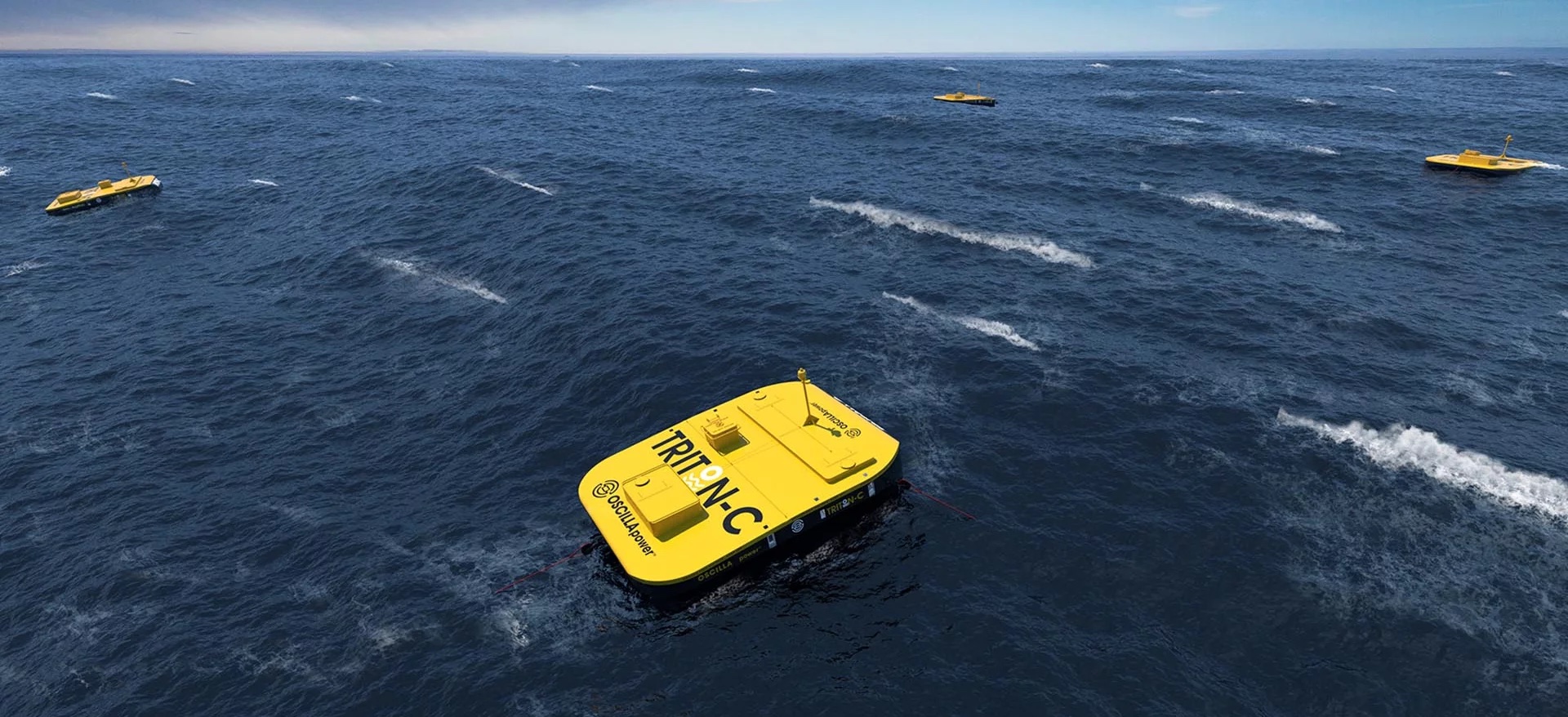 Courtesy: Michael Olsen/Unsplash
Courtesy: Michael Olsen/Unsplash
According to the International Energy Agency, renewable electricity growth is accelerating faster than ever. Enhanced by national promises and COP 26’s climate goals, the international renewable energy output increased by 290 GW over the last year. The IEA estimates that the global renewable energy economy is on track to reach 4800 GW by 2026.
Such growth rates, however, are not nearly high enough to ensure that all renewable energy targets will be met. California, for example, has promised to reach a 60% renewable energy threshold by 2030. As of 2020, solar and wind power accounted for 13.23% and 11.13% of California’s total energy output, respectively. Total renewable power accounts for just 33% of California’s total energy output – just half of the proposed 60% baseline by 2030.
To reach its goal, California (and others) must look outside the wind and solar industries. Two fundamental problems exist in a majority wind-solar portfolio. First, solar and wind are not complementary energy sources, despite being often labeled as such. Second, as previously hinted, neither industry is growing fast enough to support the majority reliance on the two industries alone.
Ever since the dawn of solar panels and wind turbines, the two energy generators have been paired together in a forced symbiosis. While the two are compatible on a daily basis, where sun rays are brightest during the day and wind speeds are strongest overnight, there is a lack of evidence for an equivalent relationship on an annual basis in many key locations. Seasonality spurs productivity in both systems, with both reaching peaks in the summertime. The misconception of wind-solar compatibility is especially damaging on the West Coast of the United States, where the monthly capacity factors of wind and solar generation both peak synchronously over the May to August span.
Many are now aware of this temporal inconsistency, which is at the heart of the movement for 24/7 renewables. Simply matching the quantity of energy consumption with renewable energy production is no longer acceptable, and many major consumers, such as Google and Microsoft, are now committing to purchasing energy whose timing matches their consumption.
Presently, the only practical way to reach 100% will be to rely on large amounts of storage, which inevitably pushes the cost of energy skywards. However, if we can add a form of renewable generation to the mix whose timing coincides with the low output of wind and solar, this would substantially reduce the amount of storage needed.
Wave energy capture may very well be the golden ticket to meeting clean energy goals. To begin, wave energy synchronizes perfectly with the productivity lulls of both solar and wind. Waves are more reliable than sunshine and wind, roll 24-7, and importantly, increase in strength during the winter when solar and wind are low. Because the rate of power production from a wave energy enhanced mix will be much more consistent, integrating wind, solar, and wave power onto the same infrastructure could be the key to cementing a robust 24/7 renewable energy system.
Wave energy is still at an early stage relative to other renewable alternatives such as solar and wind. Leading developers in the US and Europe have completed early prototypes of full-scale systems and have started to deploy them in pre-permitted test sites such as the US Navy Wave Energy Test Site in Kaneohe Bay (O’ahu, Hawai’i) and the European Marine Energy Center in the Orkney Islands, UK. Some of the leading devices, when deployed at scale in large farms of 50 MW or larger can have levelized costs of electricity (LCOE) approaching current offshore wind costs of under 10 c/kWh. Importantly, analysis by EERE has shown that even if the LCOEs stay slightly higher than that of solar and land-based wind, wave energy can still be a part of a lowest optimal solution for scenarios that have high renewable penetration due to its complementary nature that significantly reduces grid storage requirements.
Integrating wave power into the renewable power arsenal will empower us to reach higher clean energy thresholds than previously imagined. Additionally, the U.S. West Coast specifically presents the ideal nexus of political and physical climate in which to integrate widespread wave power systems. All three West Coast states harbor aggressive clean energy goals with Washington gearing towards a 100% clean energy economy by 2045; California promising to convert 60% of its energy to renewables by 2030; and Oregon already operating on a 68% clean energy portfolio. Guess what? All three have significant ocean coastlines.
Work done by the Pacific Northwest National Laboratory (PNNL) emphasizes this; showing that adding even a small amount of wave energy to the current solar/wind mix substantially reduces the amount of storage needed to balance a renewables-heavy grid.
Historically overlooked, wave power has reached a technology performance level comparable to other forms of renewable energy. Wave power, when paired with wind and solar infrastructure, presents a viable path forward to meeting renewable energy goals. Despite being a relatively new technology, wave power systems can be installed at costs competitive with offshore wind systems when deployed at scale.
The US Department of Energy recognizes the enormous potential of harnessing the ocean’s power to produce electricity. In 2016, the DOE announced a partnership with Oregon State University to build PacWave, a full-scale, grid-tethered wave energy research site nearly seven miles off the coast of Oregon. The new $80 million site (set to be completed later this year) will host twenty test wave energy converters (WECs) over four individual berths and will operate under a 25-year Federal Energy Regulatory Commission (FERC) operating license.
PacWave’s construction marks a major win for the future of wave energy. Having such a facility with a 25-year FERC operating license reduces the barriers to innovation for wave energy technology. Innovators and researchers alike will have the opportunity to test new technologies at full operating scale, which will help expedite the rollout of wave power to energy grids worldwide.
As the negative impacts of climate change continue to accelerate, now is the time to accelerate the deployment of wave energy to help fulfill the full promise of clean, renewable, zero-emission energy.

